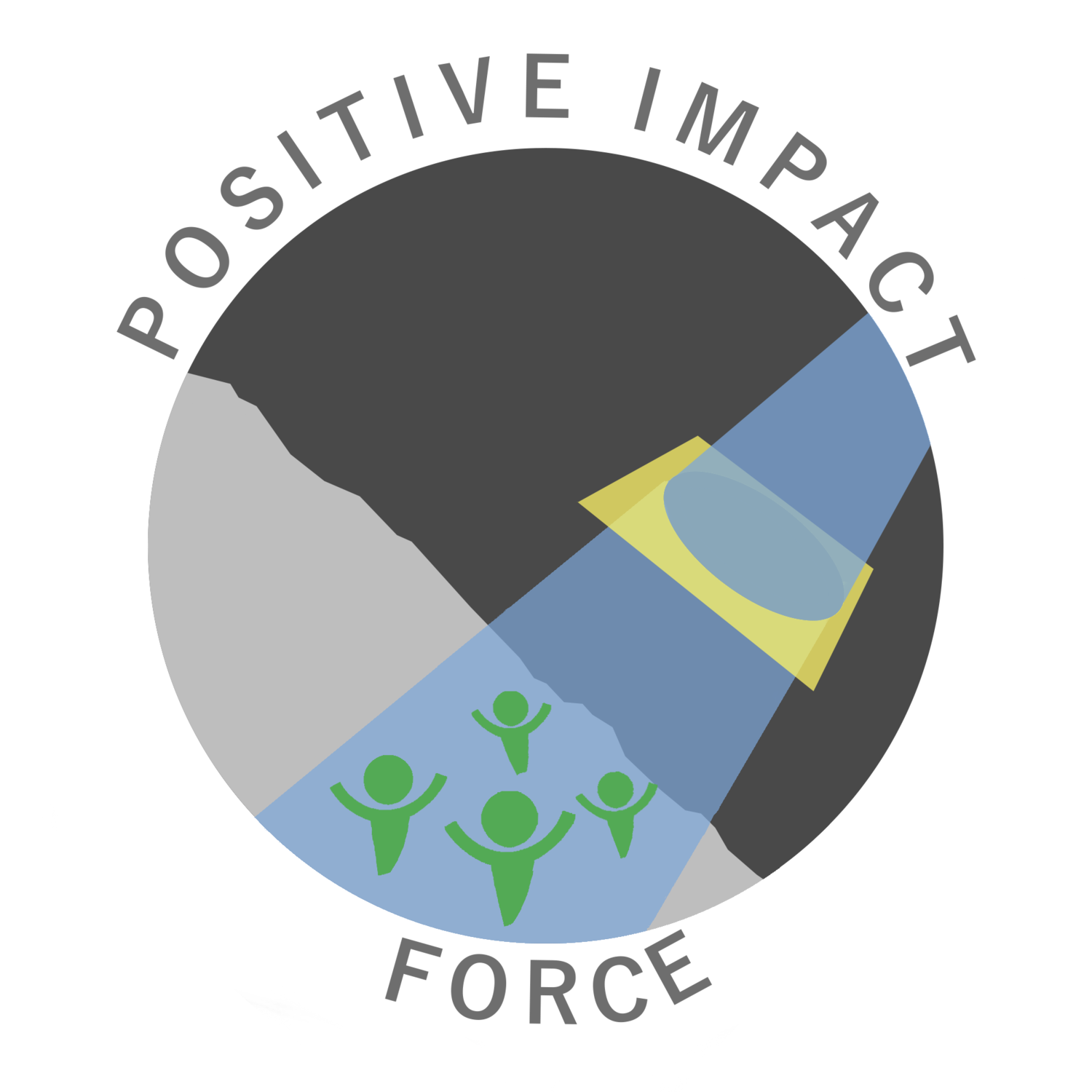I sat down to record some goals yesterday with a colleague of mine, and he said, “What happens if I don't meet these goals?”. I found that to be a very interesting question because that seems to be part of the resistance of setting goals. When we say out loud what we want to accomplish, then we create a fear of falling short what happens.
As we move into 2019, I challenge you to really look at your beliefs around setting goals, and how you’ve set goals so far in your life. For some of us, I think that setting goals has been an opportunity for us to be shamed, or to feel insignificant, or we failed or have fallen short of meeting them, and then felt bad about ourselves as a result. If so, setting goals may have become an unpleasant experience. As a result, you may have adopted the mentality that if you don't say it out loud, and you don't set the expectation, then nobody knows that that's what you wanted to accomplish. You know it in your head, so if you fall short, you’ll redirect, and you don’t really have to share it. Your mindset keeps you from sharing, but sharing your goals makes you more likely to achieve them.
So, what is your mindset for setting goals in the new year? What is possible if you refocus your mindset and say, I'm going to set goals and I'm going to make them SMART (Specific, Measurable, Attainable, Realistic and Timebound) goals. We like to add Excitement and Reinforcers to create SMARTER Goals. It basically means you are creating specific goals that you are excited about and you are not only measuring these goals, but you are celebrating the success of completing the goals. You know the when, where and how around your goals!
My second challenge to you is to look at them from the mindset of: If, for any reason I don't meet this goal, I am going to learn from it. I'm going to evaluate my goals every month, track where I am, and evaluate what’s working. Sometimes I may find I’ve learned a lot, I may have learned what's not working through not reaching my goal, and that's okay. Because if I learn what's not working, it helps me focus on what is working and what will work.
An example is- I will set the goal of wanting to have two new clients every quarter for 2019. I put together a smart strategy for what that goal is going to be. So, my goal is specific I want two new clients, right? It's attainable, I can do it. It's measurable. I'll know if I have two new clients. It's realistic for me to get to new clients. It’s time bound, I said the first quarter. I'm definitely excited about it because I love the work that I do. And when I achieve it, I will have a celebratory lunch with Adam.
I invite you to set some smarter specific goals that you can really start to look at in the new year and I'm really excited to hear about your progress and know that it's going to be a really, really great year.









